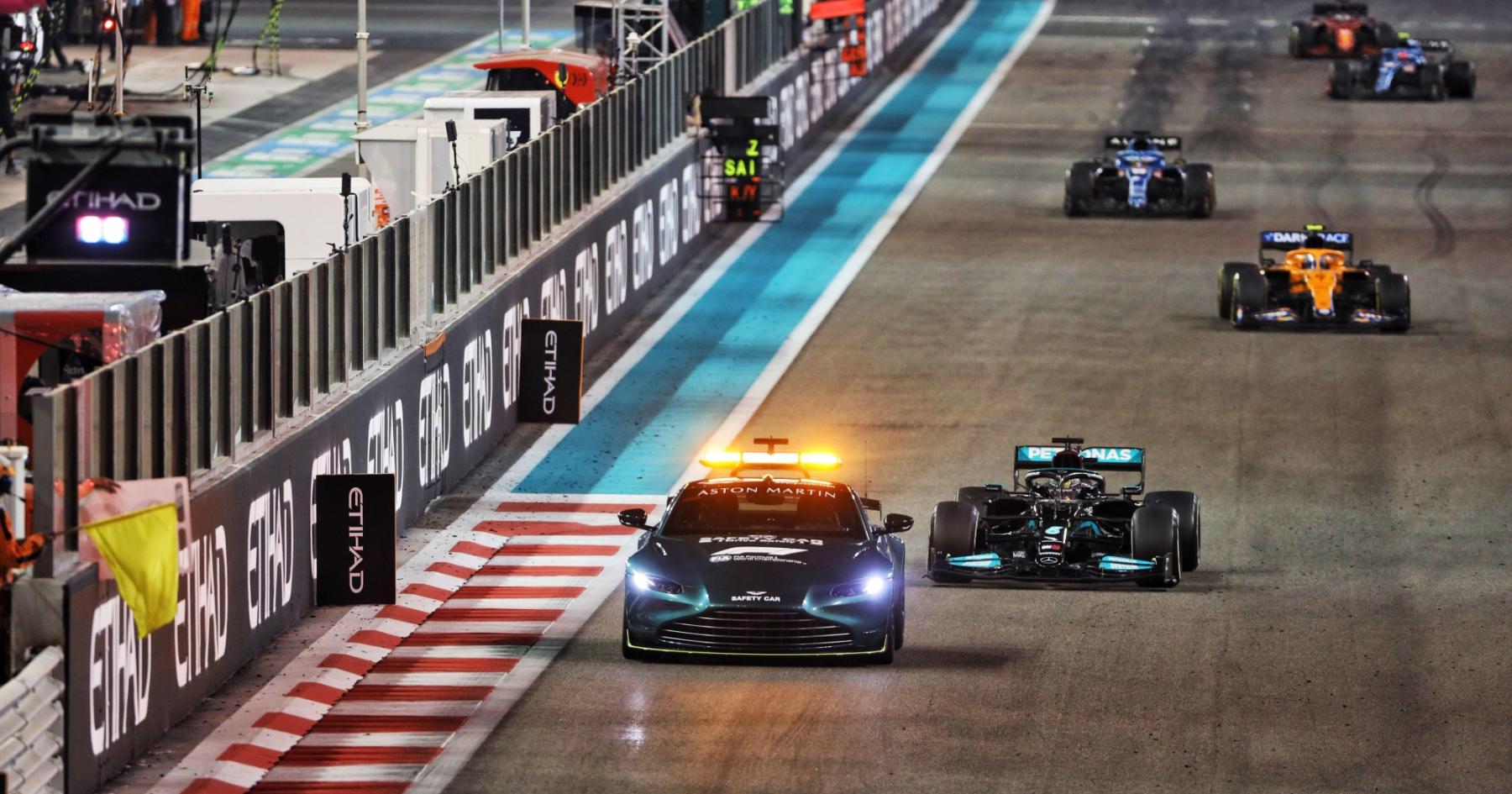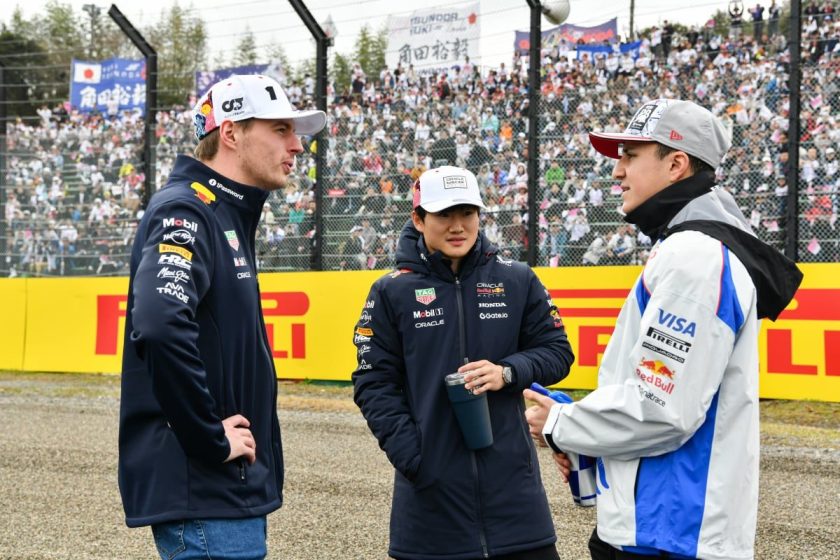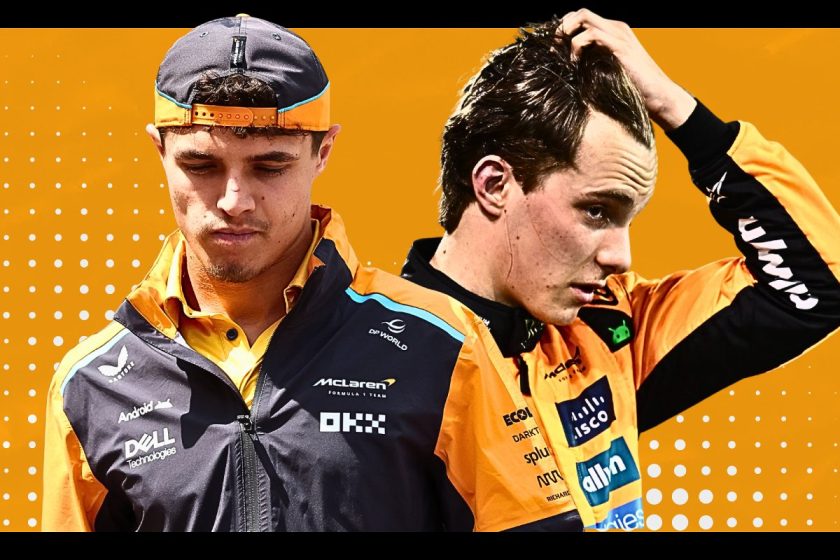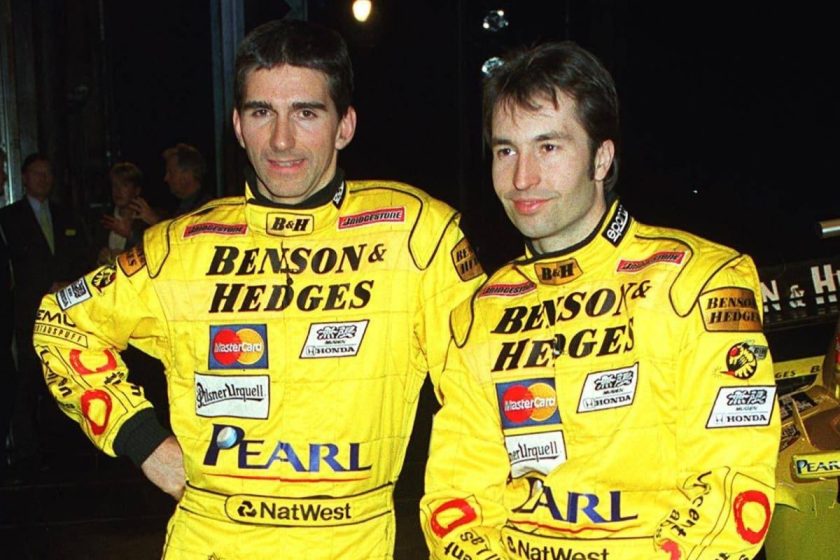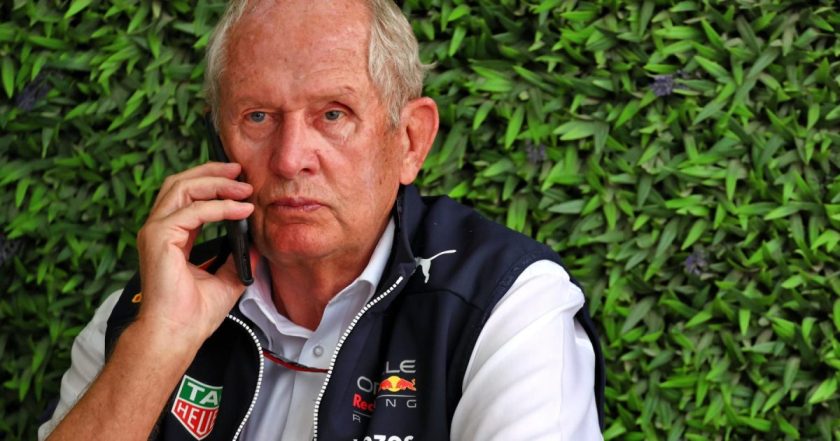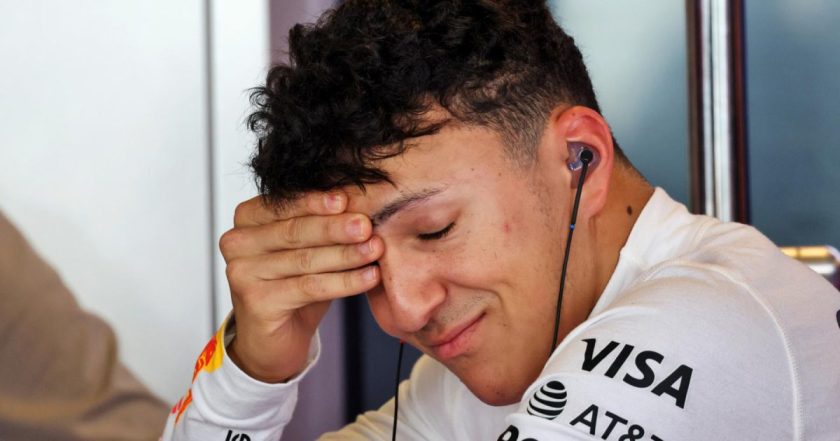P1racenews AI automatic summary:
A change was made to the rule book for 2007 and reversed on this day 15 years ago. Yet before and after the rule was withdrawn, two of the sport’s most controversial moments took place.
On January 27, we commemorate the 15-year anniversary since the removal of a significant Safety Car rule from the F1 regulations. This rule, if still in place, could have potentially altered numerous race results over the years. The Safety Car procedure that we are familiar with today involves the deployment of yellow flags followed by the activation of either the Mercedes or Aston Martin vehicle to bring the field together and allow for the removal of any track obstructions. In 2007 and 2008, however, drivers were forbidden from entering the pits as soon as the Safety Car was deployed, and could only do so once all cars were lined up. Refuelling was still permitted during this time, thus leading to a flurry of pit stop activity when the pit lane opening message was broadcasted. This regulation played a crucial role in the controversial ‘crashgate’ incident during the 2008 Singapore Grand Prix. Fortunately, ahead of the 2009 season, the FIA eliminated this rule and introduced new technology to measure a minimum lap time instead. With the removal of this regulation, the thrilling conclusion of the 2021 Abu Dhabi Grand Prix, where Max Verstappen seized victory by pitting for fresh tires on the final lap, would not have been possible. Instead, Verstappen and Lewis Hamilton would have engaged in a battle on worn-out, harder tires. Stay up to date with all the F1 action using the convenient 2024 F1 calendar that can easily be accessed on your smartphone or PC.
